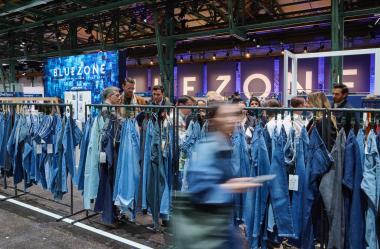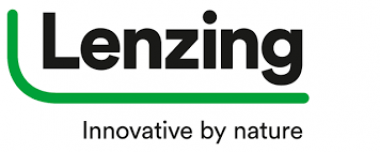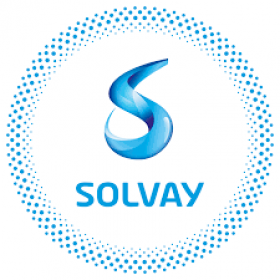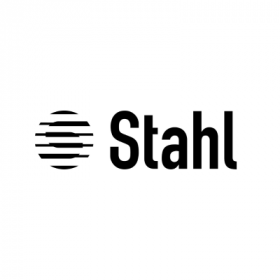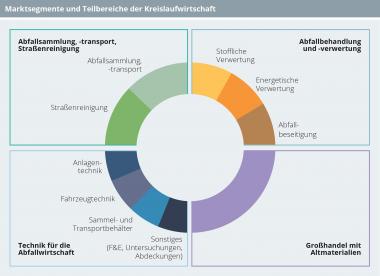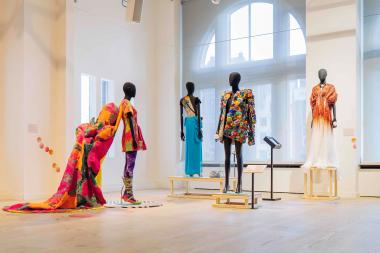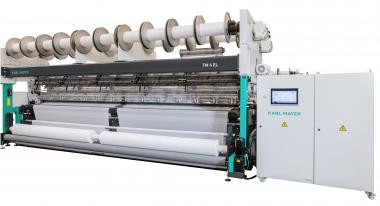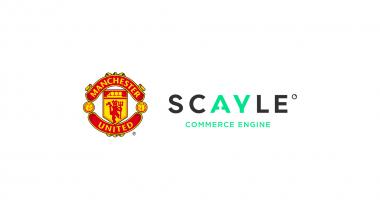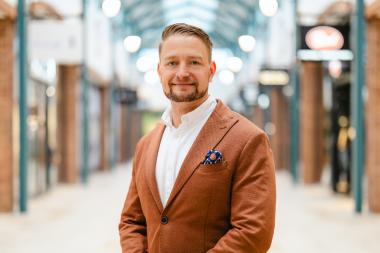Schlussbericht MUNICH FABRIC START S/S 2025: Mit vorsichtigem Optimismus in die Zukunft
Nach drei erfolgreichen Messetagen ist am 25. Januar die internationale Fabric Trade Show MUNICH FABRIC START für die Saison Spring.Summer 2025 zu Ende gegangen. Die Denim Trade Show BLUEZONE und der Innovationshub KEYHOUSE schlossen bereits am Mittwochabend ihre Pforten. Das Resümee des Treffens der europäischen Fashionbranche: Wir erleben eine Rückbesinnung auf unsere Wurzeln, um so dem wachsenden Bedürfnis nach Orientierung Rechnung zu tragen – ergänzt um eine Vielfalt spannender nachhaltiger und AI-gestützter Lösungen, die der Branche den Weg in die Zukunft ebnen können.
Unter dem Motto „CLARITY“ konnten Designer, Buyers, Product Manager und Entscheider:innen die Neuheiten und Services von rund 1.000 Anbietern aus aller Welt, verteilt auf die acht Areas ADDITIONALS, FABRICS, ReSOURCE, BLUEZONE, DESIGN STUDIOS, KEYHOUSE, SUSTAINABLE INNOVATIONS sowie THE SOURCE für die neue Saison sichten.
Mit Blick auf Trends für Spring.Summer 2025 zeigten sich verschiedene Entwicklungen: Einerseits eine klare Rückbesinnung auf Altbewährtes, bei dem handwerkliches Geschick und klare Formen im Vordergrund stehen. Durchbrochen wird die Nostalgie stellenweise durch ergänzende Statement-Pieces aus dem Athleisure- oder, im Bereich der Damenmode, Lingerie-Bereich. Denim ist in der kommenden Saison allgegenwärtig – nicht zuletzt, da es sich dabei um das wohl demokratischste Fabric handelt, das in jegliche Güte- und Preisklassen übersetzt werden kann. Im Bereich der Damenmode wird es neue Interpretationen des Herrenhemds zu sehen geben, das in seinen klassisch maskulinen Formen dekonstruiert wird. Der Fokus richtet sich auf natürliche Materialien wie Leinen und Hanf. Nicht zuletzt im Bereich einer neuen casual Work Wear, hier vor allem in Kombination mit warmen Neutraltönen und gebrochenen Facetten von Weiß. Pastells werden weiterhin allgegenwärtig bleiben – allerdings in neuen Nuancen und ausbalanciert durch eine erdige Farbpalette.
Das Vortragsprogramm stand diesmal vor allem im Zeichen der Nachhaltigkeit – ob natürliche innovative Fasern und ihr disruptives Potential für eine nachhaltigere Fashionbranche, Recycling-Thematiken und damit verbundene EU-Regulatorik, die die Branche herausfordern werden, sowie hilfreiche Anleitungen dazu, wie sich die verschiedenen Akteure schon heute darauf vorbereiten können. Plattformen wie das KEYHOUSE leisten dazu einen zentralen Beitrag und schlagen die Brücke zwischen jungen, kreativen Denker:innen, der Forschung und Akteuren der Branche.
Die BLUEZONE hat am 23. und 24. Januar die Zenith Area einmal mehr in einen Denim-Hot-Spot verwandelt. Die Blue-Blooded-Community traf sich hier, um die Zukunft der Denimbranche auszuloten. Ein zentrales Thema bleibt die Transformation der Denimindustrie hin zu noch mehr Nachhaltigkeit: Cradle-2-Cradle-Konzepte, innovative Recyclingverfahren und ressourcenschonende Wasch-, Färbe- und Finishingtechnologien waren vielfach das inhaltliche Zentrum der Kollektionspräsentationen, von Stand- und Gangdiskussionen sowie den Trendvorträgen. So wurde der inzwischen von 53 marktführenden Denimunternehmen unterzeichnete Denim Deal auf der BLUEZONE Stage initial in Deutschland vorgestellt. Er verfolgt das Ziel, den Einsatz von Recyclingmaterialien in neuen Textilprodukten verbindlich zu machen. Die Hall of Fame machte das Leitmotiv der BLUEZONE „Signature“ dadurch erlebbar, dass sie live Personal-Pieces von Szeneikonen wie Jason Denham, Adriana Galijasevic, Adriano Goldschmied oder Renzo Rosso zeigte und deren jeweilige Geschichte erzählte. Persönliche Begegnung und Austausch waren auch das Motto der MUNICH FABRIC NIGHT, auf der am Abend des ersten Messetags alle MUNICH FABRIC START Aussteller:innen und Besucher:innen den Dancefloor im Dampfdom der Motorworld zum Kochen brachten.
Während der drei Messetage kamen 11.700 Besucher:innen in das Münchner MOC sowie die Zenith Area. Viele wichtige Brands, wie adidas, Akris, Alberto, Alpha Tauri, Anna van Toor, Armed Angels, Baldessarini, Bestseller, Betty Barclay, BMW, Bogner, Brax, C&A, Carhartt, Closed, Comma, Condé Nast, Digel, Diesel, Drykorn, Escada, Eterna, Ganni, Hessnatur, Holy Fashion Group, HSE, Hugo Boss, Inditex, Joop, Katag, Lagerfeld, Lanius, Lodenfrey, Mac, Maloja, Marc Cain, Marc O’Polo, März, Mey, More&More, Mustang, MyTheresa, Oui, Remei, Riani, Roxy, s.Oliver, Schumacher, Seidensticker, Sportalm, Talbot Runhof, Tchibo, Tom Tailor, Tory Burch, Windsor und Wolford waren vor Ort. Die Besucher:innen kamen aus 58 Ländern, neben Deutschland überwiegend aus dem osteuropäischen Raum, Italien, Skandinavien, UK, den Benelux-Staaten, aber auch aus Südamerika, den USA und den UAE, Saudi Arabien und Ozeanien. Abgerundet durch ein umfassendes Begleitprogramm mit prominenten und internationalen Speaker:innen aus den verschiedensten Bereichen der Branche und zahlreichen Möglichkeiten zum Netzwerken überzeugte die MUNICH FABRIC START auch diese Saison mit ihrem ganzheitlichen Konzept.
Bereits in wenigen Monaten steht mit der VIEW Premium Selection am 18. und 19. Juni in der Motorworld der nächste zentrale Termin für die europäische Fashionbranche an – dann zum Auftakt für die Saison Autumn.Winter 25. Der Junitermin bietet einen ersten inspirierenden Überblick über kommende Trends und Neuerungen in den Bereichen Fabrics, Denim & Sportswear, Additionals und Design Studios für die kommende Saison, und damit bereits vor dem bedeutenden September-Termin, als essenziellem Zeitpunkt für schnelles Ordern, Innovationen und Entwicklungen der Modeindustrie.
MUNICHFABRICSTART Exhibitions GmbH


